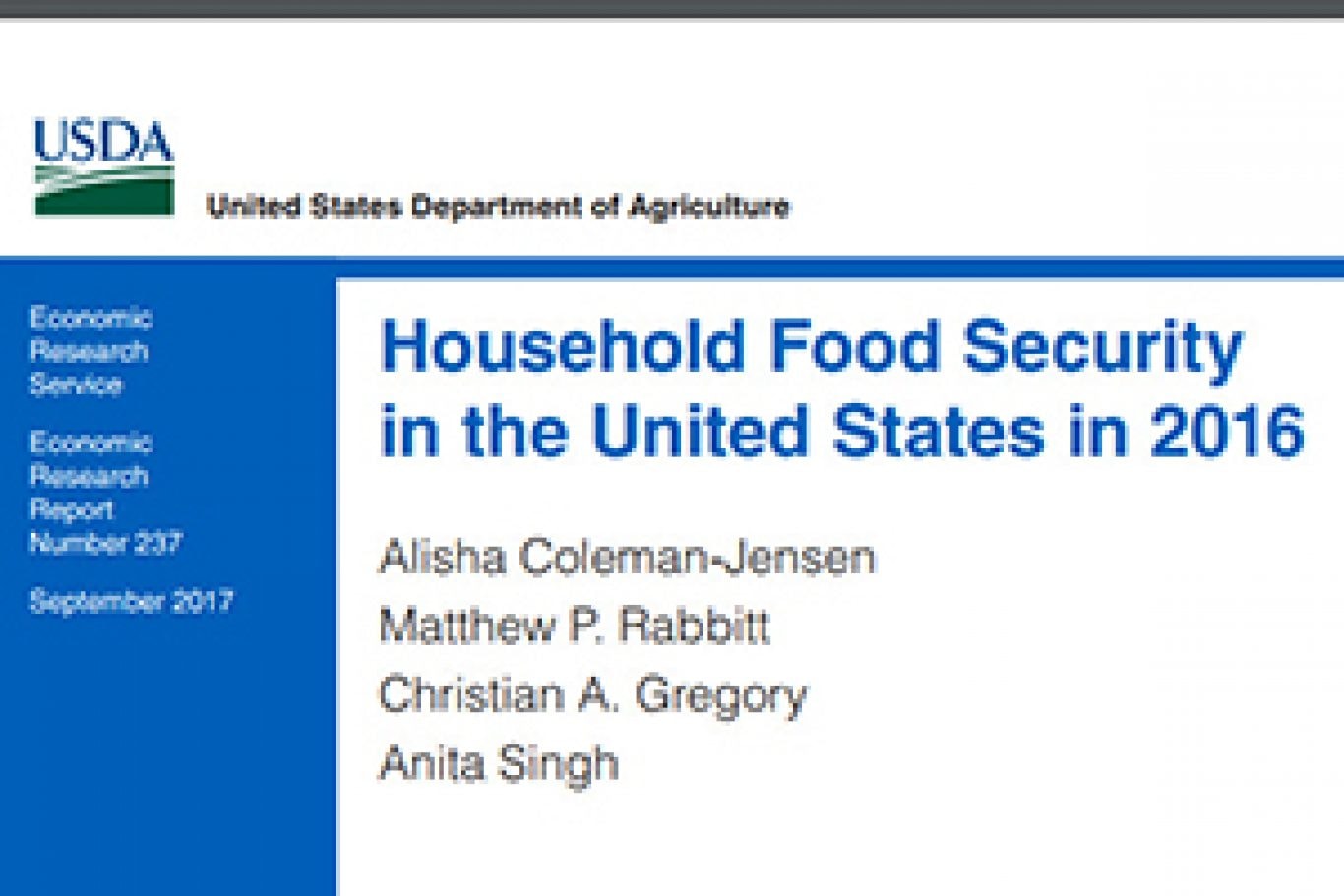Report shows hunger decrease in Oregon, but still higher than national rate
Report shows hunger decrease in Oregon, but still higher than national rate
September 8, 2017 – Amidst a week of disasters, the news of a decrease in hunger brings a glimmer of hope for Oregon. According to the USDA’s 2016 Household Food Security Report release this week, the number of Oregonians struggling to put food on the table decreased from 16.1 percent in 2013-2015 to 14.6 percent in 2014-2016.
A review of previous reports show this is the largest one-year drop in food insecurity that Oregon has experienced in the last decade — narrowing the gap between the state and the national rate, which stands at 12.3 percent. The rate of “very low food security” in Oregon also declined slightly, from 6.6 percent to 6.2 percent. Oregon is the 12th hungriest state in the nation and the hungriest in the Northwest.
Anti-hunger organizations point to effective federal nutrition programs, such as SNAP (formerly known as food stamps), as part of the reason for the decrease. They warn that proposed cuts to the programs would threaten to undo progress.
“We are appalled at proposals at the federal level to make cuts to food assistance for people and families,” says Annie Kirschner, executive director of Partners for a Hunger-Free Oregon. “As Congress addresses the budget, our lawmakers must strengthen SNAP, not cut it. The bottom line is that if these proposed cuts become law, more people will experience hunger in every corner of Oregon.”
“The decline of food insecurity in Oregon and across the country shows that what we are doing to fight hunger is working,” adds Oregon Food Bank CEO Susannah Morgan. “SNAP is the single most critical source of help for our neighbors experiencing hunger. Food banks and our partners in the charitable food assistance system aim to fill in any nutrition gaps. We are proud to be part of an effective solution. We as a country must stay the course and invest in SNAP until not one of our neighbors worries about where their next meal is coming from.”
Although Oregon’s unemployment rate continues to drop, wages continue to lag. Along with rising housing costs, many families are forced to choose between food and rent.
“These statistics provide good news about improvement in the Oregon situation, but this is tempered by the ongoing size of the problem and by the persistently higher numbers in Oregon, compared to those of the U.S.,” says Mark Edwards, Professor of Sociology in the School of Public Policy at Oregon State University. “This prevalence of food insecurity in Oregon has been going on for a couple decades, and in response we have developed a highly coordinated emergency food system and excellent program access to safety net programs.”
Additional Oregon specific data is forthcoming. The full report is available at: https://www.ers.usda.gov/publications/pub-details/?pubid=84972
